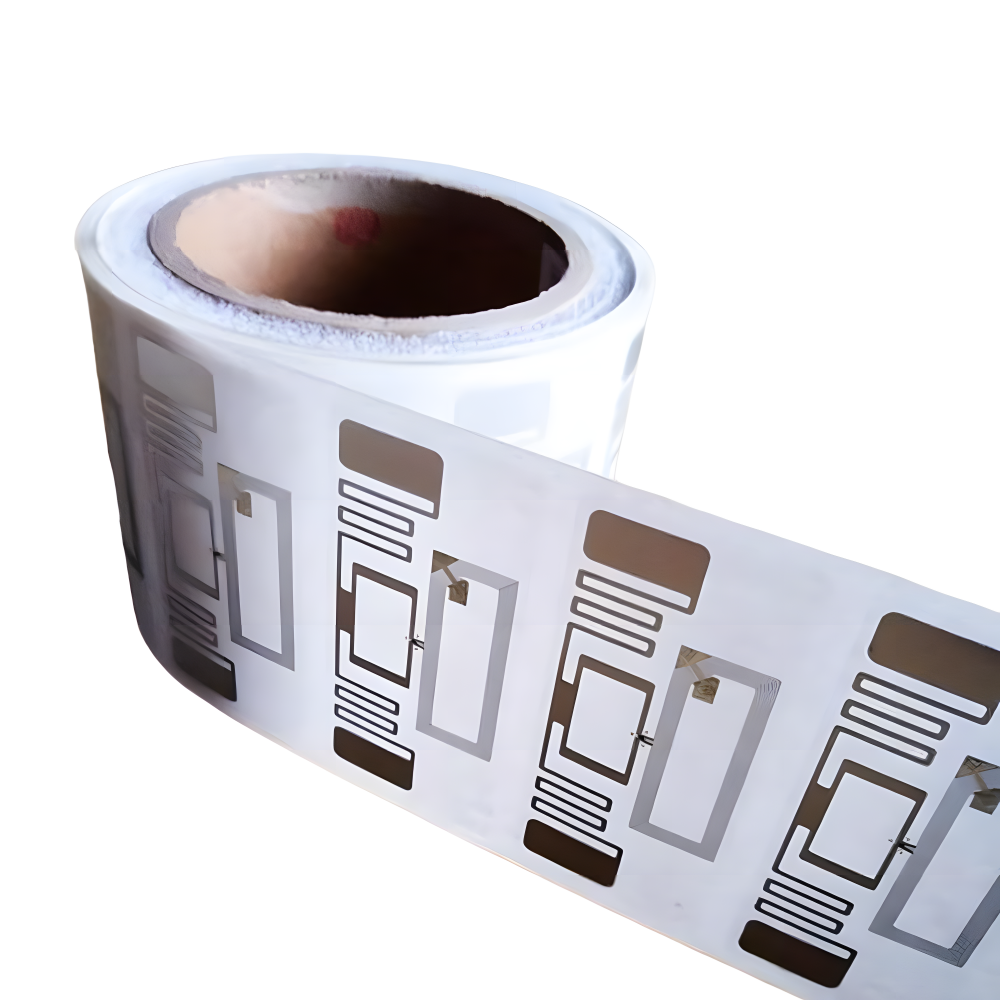RFID Dual-Frequency Label
RFID Dual-Frequency Label is combine the advantages of UHF and HF, with a frequency range of 860~960MHz and a high frequency of 13.56MHz. It complies with EPC C1G2 (ISO 18000-6C) and IS0/IEC TYPE A 14443 standard.
Categories RFID Laboratory Label, RFID Rugged Label, UHF & NFC Tag
Product
The RFID dual-frequency tag epitomizes the confluence of UHF (Ultra High Frequency) and NFC (Near Field Communication) technologies. By integrating these frequencies, the tag offers a robust solution that covers multiple stages of a product's lifecycle – from production and warehousing to anti-counterfeiting traceability. Features:
-
Dual Frequency Functionality: The tag seamlessly operates in the UHF bandwidth of 860~960MHz and the high frequency (HF) of 13.56MHz.
-
Standards Compliance: Adheres to international standards such as EPC C1G2 (ISO 18000-6C) and IS0/IEC TYPE A 14443.
-
Data Sharing: By utilizing shared storage space on the chip, this tag can consistently record data throughout the entire product lifecycle.
Advantages: Rapid UHF RFID Inventory: Massive Data Collection: One of UHF RFID's standout features is its capability for long-distance transmission and bulk reading. Optimized for B-Side Operations: UHF is particularly adept at fulfilling the requirements of scenarios that demand swift inventories, like in warehousing, logistics, and sorting processes. Enhanced Interaction via HF RFID: NFC Integration: Since NFC is essentially a subset of HF RFID technology, this dual-frequency tag can directly communicate with NFC-enabled mobile phones. Expanded Use Cases: The direct mobile phone interaction substantially broadens the application spectrum of the RFID tag, particularly for anti-counterfeiting and traceability demands. Available customizations are the following: Design: Customized different size by the customer different project request. Printing: Monochrome printing or 4-colors in offset, starting from a graphic layout equipped by the customer in vector format . Serial number, barcode or EPC printing. Other customizations are available on demand. Chip encoding: Encoding of EPC code of RFID UHF transponders, HF and UHF tag memory write, also from database provided by the client Temporary or permanent contents-lock through a password. EPC code and TID code association in database. UID code and progressive/barcode association. UID HF code association in EPC UHF code.
For additional details or to request a quote, please contact us. Join us at MAKA RFID and redefine your RFID experience.

